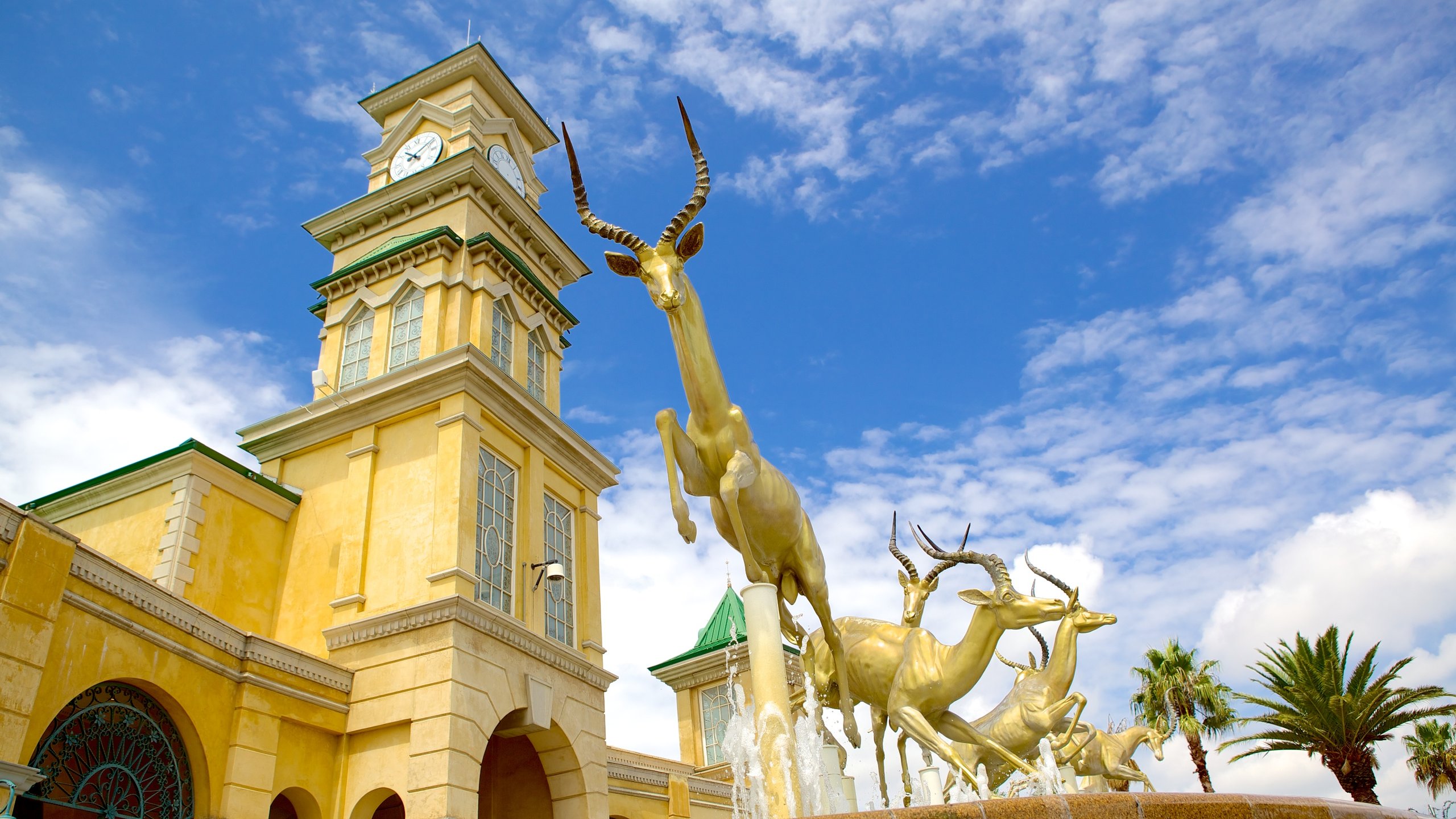The Single Strategy To Use For Johannesburg North Attractions
The Single Strategy To Use For Johannesburg North Attractions
Blog Article
Johannesburg North Attractions Can Be Fun For Everyone
Table of ContentsGetting The Johannesburg North Attractions To WorkFacts About Johannesburg North Attractions UncoveredEverything about Johannesburg North AttractionsJohannesburg North Attractions for DummiesThe Greatest Guide To Johannesburg North AttractionsHow Johannesburg North Attractions can Save You Time, Stress, and Money.
The city grew on the side of the Witwatersrand Key Reef, a subterranean stratum of gold-bearing quartz-silica conglomerate that arcs for hundreds of miles below the Highveld - Johannesburg North attractions. Many of the gold mines in the city stopped procedure in the 1970s, yet in its day the Witwatersrand gold market accounted for more than 40 percent of the globe's annual gold production.Johannesburg has a pleasant environment. Summer temperatures balance about 75 F (24 C); wintertime temperatures balance regarding 55 F (13 C) and only occasionally dip listed below freezing. The city delights in about 8 hours of sunlight each day in both winter and summer season. Rainfall averages regarding 28 inches (700 millimetres) per annum, but the complete varies substantially from year to year.
What rainfall the city obtains falls virtually exclusively in the summer season months, commonly in spectacular late-afternoon electrical tornados., where numerous locals still rely on coal for gas.

Rumored Buzz on Johannesburg North Attractions
The balance of the city is occupied by whites. Accommodation differs in character and high quality.
Physical development, although rather limited by transportation, proceeded promptly as migration to South Africa, and Johannesburg specifically, boosted significantly. This trouble was fixed in the 1930s when the vehicle was presented in automation to South Africa. Autos were, for the most part, restricted to the wealthy, and allowed them to relocate to the north of the city and commute right into the centre.
Most poor suburban areas were combined, with bad blacks and whites living together, although the well-off suburban areas were typically reserved for whites. This changed with the election of the National Event in the 1948 political elections, who began to formalise the system called apartheid. Racism formally designated which residential areas each race might live in under the Team Areas Act.
The previous system of eleven numbered areas was reorganised in 2006. Marshalltown, as seen from the top of the Carlton Centre. The M1 and M2 run behind the structures, and the southern residential areas extend past the freeway boundary. The central city of Johannesburg lies within the city's Region F. The approximated population of the region is 200,000, [] but the variety of people living in the inner city on a casual basis is unknown, as lots of are illegal immigrants. A lot of higher-income locals and white individuals have relocated to the north suburbs and have actually been changed by lower-income black people. The joblessness, education and learning, and age profiles of the area are all unidentified, due to the difficulty of obtaining reliable details about the location.
The Facts About Johannesburg North Attractions Uncovered
Centred on the CBD, the region includes the suburban areas of Yeoville, Bellevue, Troyeville, Jeppestown, and Berea to the eastern. To the west it spreads out you could look here to Pageview (Johannesburg North attractions) and Fordsburg. There are small industrial locations to the south, such as City West-Denver and Benrose. Around 800,000 commuters travel through the internal city everyday, and it works as a regional buying node for visitors from the southerly suburbs. Yeoville and Bellevue have a mix of apartment or condo buildings and single residential units on tiny great deals. The region lies on a hilly divide that ranges from east to west. One of the most noticeable geographic function is Observatory Ridge, which is named for the huge observatory situated on it. The leisure areas are no more used, as a result of safety issues.

Some Of Johannesburg North Attractions
The eastern suburbs are some of the oldest areas of Johannesburg, there are huge areas of Jewish and various other European histories, the majority of the population is English talking. There are 3 golf training courses as well as a number of secured ridges with viewsites.
Initially constructed to house male migrant employees, lots of have been improved as homes for pairs and family members. The residential area was not historically allowed to develop employment centres within the area, so virtually all of its homeowners are travelers to various other components of the city.
Some Known Incorrect Statements About Johannesburg North Attractions
The residential areas in the northern suburbs are mainly formal, with no significant locations of casual housing, or real estate that does not have an irreversible framework. This this content is an established area, there is a fad of land use adjustment from residential to business, particularly along major arterial roadways and around recognized nodes.
The location is well connected to road networks, especially along the north-south axis formed by the M1 and N1. Roads to the east and west are much less well created, as there are no freeways taking a trip because direction. In the direction of the north boundary of the city, the density of growth reduces, leaving you can try here huge locations of primitive land around Midrand.
Johannesburg North Attractions - An Overview
, which is located on a hill overlooking the inner city and Hillbrow.
Report this page